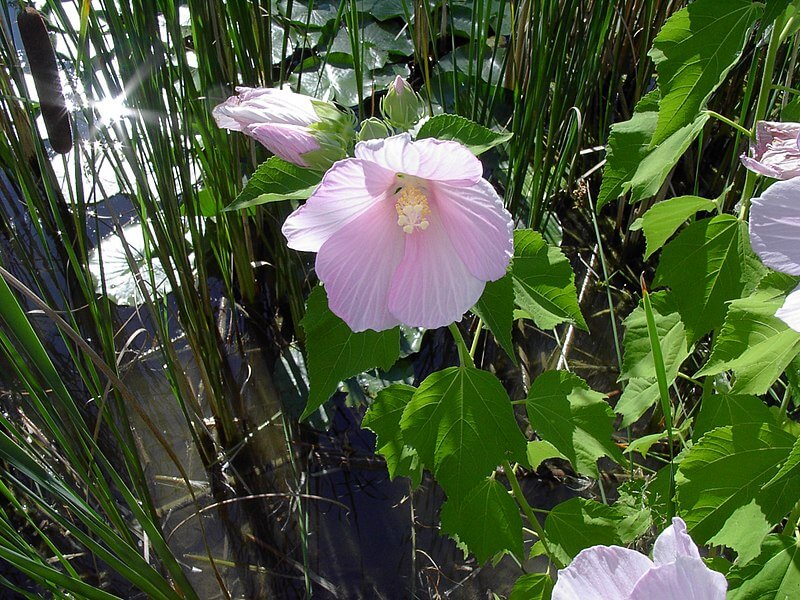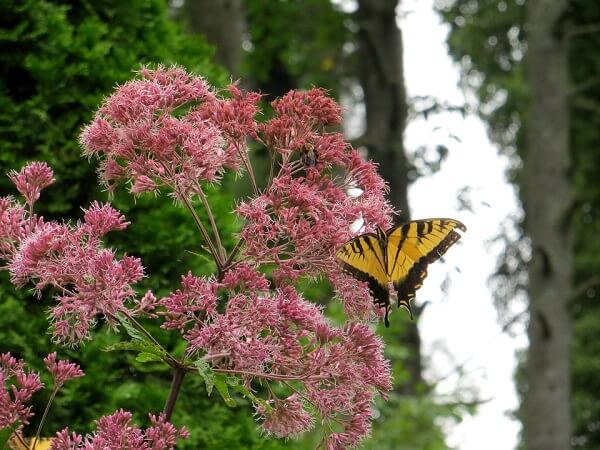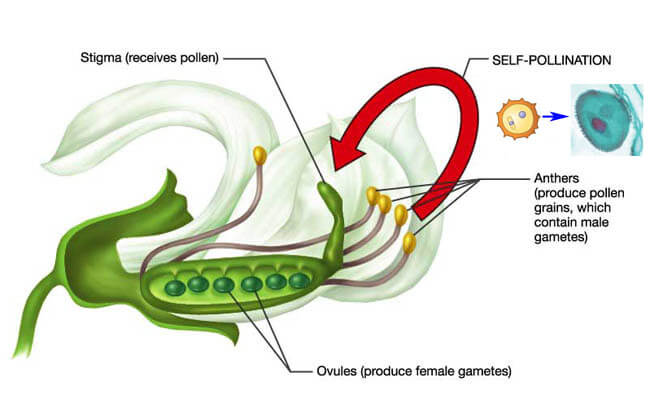 Plant Nature Study I
Plant Nature Study I
Plant Nature Study I
Plant Nature Study I



 Plant Nature Study I
Plant Nature Study I
Plant Nature Study I
Plant Nature Study I

Study the lesson for one week.
Over the week:
Self-Pollination:

Activity 1: Narrate the Story
Activity 2: Can You Find It?
Find the following on the image of the Joy-pye Weed:

Activity 3: Take a Nature Walk, Visit a Flower Shop, or Research Online
Activity 4: Complete a Field Book Entry

After your nature walk, complete page 40 in 'Science Field Book for Third Grade.'